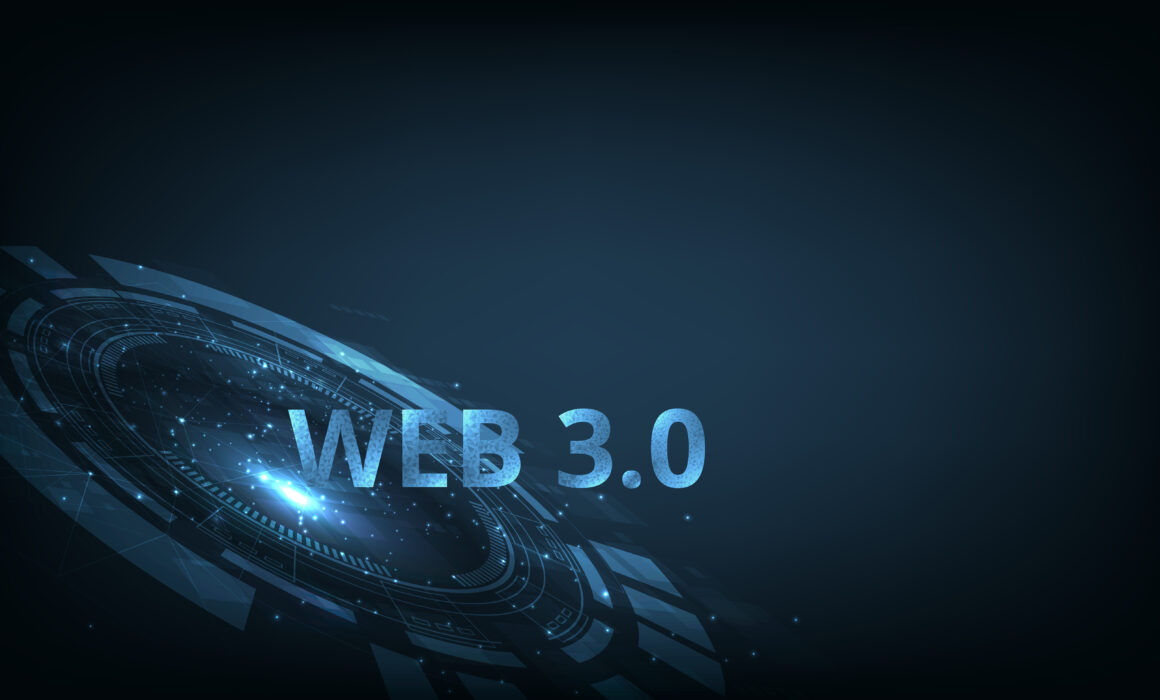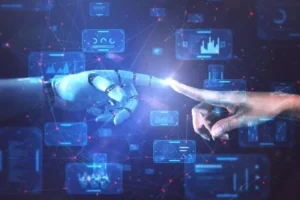
The term Web3 has taken the tech world by storm. Touted as the next evolution of the internet, it promises a decentralized, user-empowered digital ecosystem built on blockchain and cryptocurrency technologies. But amid the enthusiasm, questions remain: Is Web3 truly transformative, or is it just another passing tech trend?
In this article, we explore what Web3 is, how it differs from previous versions of the internet, and the opportunities and challenges that come with it.
What Is Web3?
Web3 (also known as Web 3.0) refers to a new vision for the internet where users control their own data, identity, and digital assets, enabled by decentralized technologies like blockchain, smart contracts, and token-based economics.
Unlike Web1 (the static, read-only internet) or Web2 (the interactive, social, and platform-driven era), Web3 aims to give power back to the users by eliminating the need for centralized authorities such as Google, Facebook, or Amazon.
Web1 vs. Web2 vs. Web3 – A Quick Comparison
| Feature | Web1 (1990s–early 2000s) | Web2 (2004–present) | Web3 (Emerging) |
|---|---|---|---|
| Main function | Read | Read & Write | Read, Write & Own |
| Ownership | Centralized (publishers) | Centralized (platforms) | Decentralized (users) |
| Data control | Static websites | Platforms collect user data | Users own/control their data |
| Monetization | Ads, subscriptions | Ad-based (corporate profits) | Tokens, NFTs, crypto |
| Technologies | HTML, HTTP, email | Mobile, cloud, social media | Blockchain, dApps, smart contracts |
Key Technologies Driving Web3
- Blockchain – The foundational technology enabling trustless, decentralized transactions.
- Cryptocurrencies – Used to incentivize users and maintain decentralized economies.
- Smart Contracts – Self-executing code that automates agreements without intermediaries.
- Decentralized Applications (dApps) – Applications that run on peer-to-peer networks rather than centralized servers.
- NFTs (Non-Fungible Tokens) – Digital assets that represent ownership and uniqueness, widely used in art, gaming, and virtual real estate.
Opportunities Presented by Web3
- User Empowerment: Individuals own their identities, digital content, and assets.
- Decentralization: Reduces reliance on big tech monopolies and increases transparency.
- Innovation in Finance (DeFi): Web3 enables peer-to-peer financial services without traditional banks.
- New Monetization Models: Artists, developers, and creators can earn directly via tokens, NFTs, and DAOs (Decentralized Autonomous Organizations).
Challenges and Criticisms
Despite its potential, Web3 faces significant hurdles:
- Scalability and Performance: Many blockchains struggle with speed and high transaction costs.
- Regulatory Uncertainty: Governments are still figuring out how to regulate cryptocurrencies and decentralized platforms.
- User Experience (UX): Web3 interfaces are often complex and not user-friendly for the average person.
- Security Risks: While decentralized, Web3 platforms are not immune to hacks, fraud, and smart contract bugs.
- Environmental Concerns: Some blockchain networks, particularly those using Proof of Work, consume vast amounts of energy.
Is It the Future or Just Hype?
The answer lies somewhere in between. Web3 is not just hype — it introduces real innovations and disrupts long-standing internet paradigms. However, it is still in its early stages, and many of its core ideas need refinement, testing, and wider adoption.
For Web3 to truly become the next internet standard, it must:
- Improve scalability and UX
- Ensure compliance with evolving laws
- Demonstrate real-world utility beyond speculation and hype
Conclusion
Web3 offers a bold vision of an open, decentralized, and user-owned internet. While it faces technical and societal challenges, its potential to redefine digital ownership, identity, and governance is too significant to ignore. Whether it becomes the dominant model or integrates with existing Web2 systems, Web3 is an evolution worth watching — and understanding.




